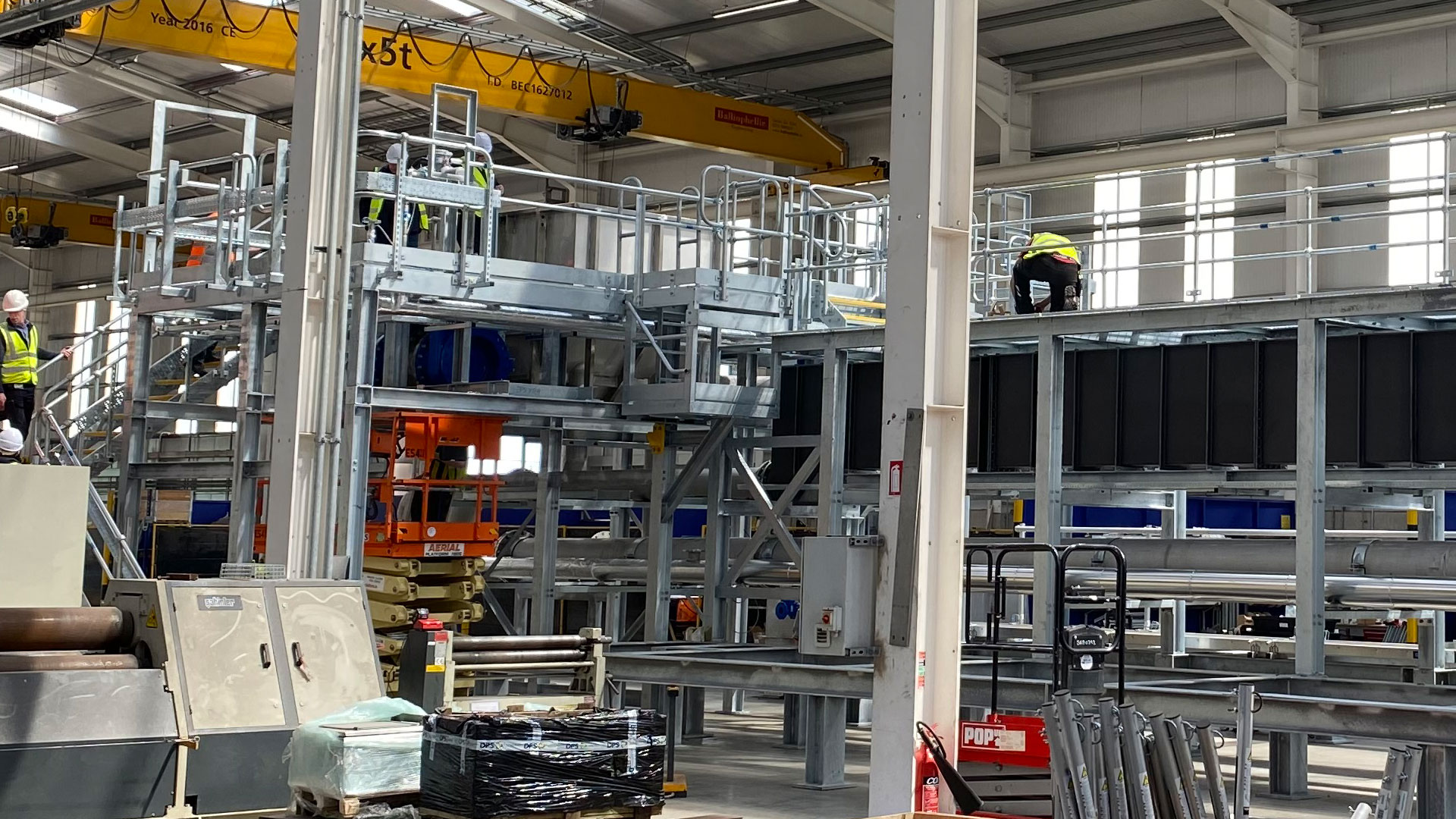01-09-2022
Design for Manufacture and Assembly with Nereda

There were lots of strong arguments for Design for Manufacture and Assembly (DfMA), but the water industry has massive momentum comprising regulation, commercial and contractual models, traditional methods, and multiple stakeholders that has always made it difficult to change direction. It has taken a decade to overcome the arguments (DfMA increases CAPEX, decreases choice, disadvantages suppliers, takes control away from the end user, etc.), but, in the end, we got there.
Design for Manufacture and Assembly (DfMA)
Design for Manufacture and Assembly (DfMA) has been with us in the water industry for a long time. I first encountered it in AMP4 – I remember discussing the mere possibility of package chemical dosing rigs – now these are standard. This was before Building Information Modelling (BIM) appeared in AMP5 when integrated 3D models and virtual reality (VR) were still more sci-fi than reality.There were lots of strong arguments for DfMA, but our industry has massive momentum comprising regulation, commercial and contractual models, traditional methods and multiple stakeholders that has always made it difficult to change direction. It took us a decade to overcome the arguments (DfMA increases CAPEX, decreases choice, disadvantages suppliers, takes control away from the end user, etc.), but we got there in the end.
DfMA in practice
Royal HaskoningDHV has been working with BIM principles since 2014 and we achieved BIM Level 2 accreditation in May 2018. The efficiencies and shared insights of adopted BIM principles have swiftly embedded the approach into our standard way of working. We work with licensee partners in the UK (EPS, Eliquo Hydrok and Suprafilt) who have extensive experience in delivering DfMA projects. Many UK Nereda projects have utilised this approach to improve project timescales, cost, and safety. Great Dunmow features steel reactors where the internal components were manufactured offsite and installed in a matter of days. Walsall Wood utilised DfMA and BIM to create a streamlined concrete design that was faster to build and simpler for operators to maintain.The latest member of the UK’s Nereda family, at Winchburgh, takes the concept further with premanufactured modular pipe and cable racks joining the growing list of Nereda elements that can be built in clean factory environments, transported by road, and quickly assembled in the safest possible manner.
The final step in this methodology comes with our Package and Mini Nereda ranges, with standardised designs developed from day one, with DfMA in mind. Components are standardised across multiple system sizes, the internals are fully modular, and the design work is done before the order is placed.
So could DfMA now stand for ‘Done for Multiple Advantages.